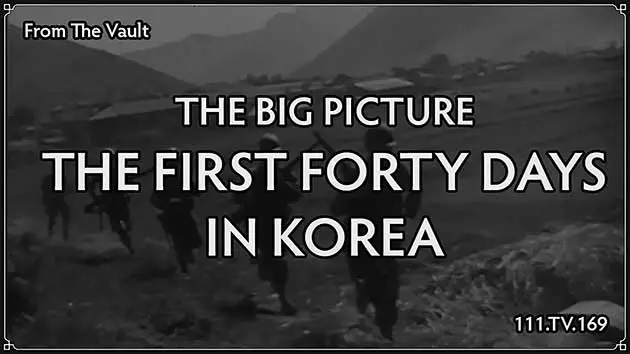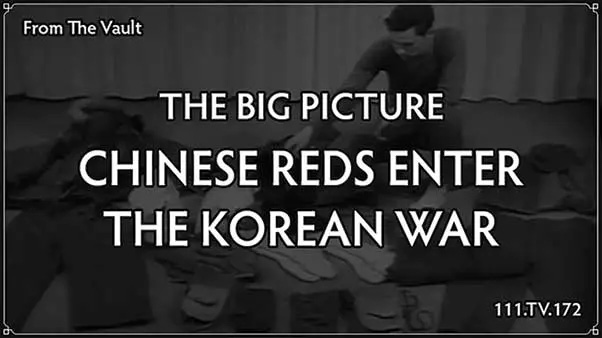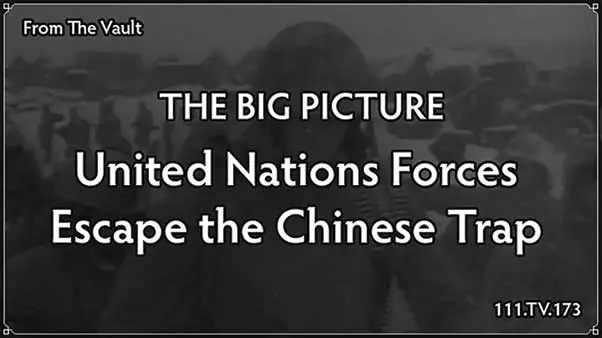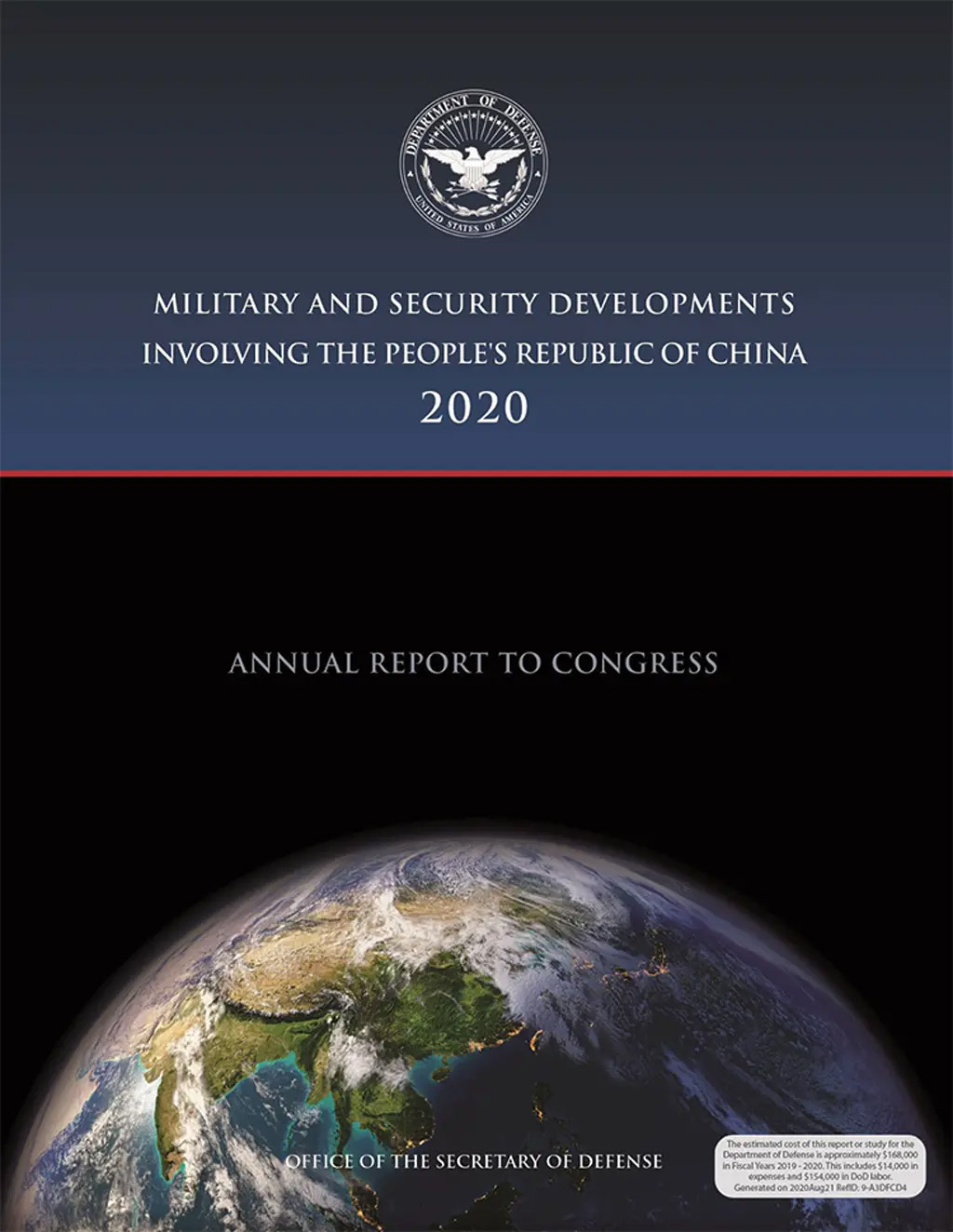Army University Press Products of Relevance to INDOPACOM and Korea
Download the PDF 
AUP Films
The People’s Republic of China is determined to become the leading global economic and military power. In an effort to assist those researching China or other issues in the INDOPACOM area of operations, the Army University Press invites readers to examine the repository of resources it has that may help them glean valuable lessons learned from previous conflicts in the INDOPACOM region. This repository includes books, films, staff rides, and journal articles. The newest addition to the Army University Press menu of resources is the Army University Films Team.
The Army University Films Team creates documentary films designed to teach current U.S. Army doctrine using historical case studies. Army University Films works in conjunction with the Combined Arms Center, Combined Arms Doctrine Directorate, Army University, Army Centers of Excellence, and other professional military education programs to select relevant doctrine and historical topics as the basis for its documentary films.
Legacy Products in the Archives: The Big Picture

The first installment of the long-running Army production The Big Picture, The First Forty Days in Korea follows several companies of the 24th Infantry Division during America’s entry into the war. Unlike later episodes of The Big Picture, which offer interviews with subject matter experts, The First Forty Days in Korea is almost exclusively narrated combat footage recorded and produced by the Army Signal Corps.

The fourth installment of The Big Picture, Chinese Reds Enter the Korean War outlines the UN struggle against a new enemy and the brutal cold. After looking at the situation in Korea from 20 October through 20 November 1950, the episode describes the evacuation process for the wounded from the front to hospitals. The film also showcases the production of new weaponry at Aberdeen Proving Ground, the Navy’s fight against winter storms in the Sea of Japan, the Air Force’s pack plane, and the latest in winter uniforms.

The fifth installment of The Big Picture, United Nations Forces Escape the Chinese Trap follows the United Nation retrograde from the Chinese border at the Yalu River to the massive evacuation of soldiers, marines, and civilians at Hungnam.
For more information and access to entire inventory of films and documentaries, see https://www.armyupress.army.mil/Educational-Services/Documentaries/.
Recent Films of Interest
Staff Rides
The Combat Studies Institute Staff Ride Team develops and conducts two types of staff rides as educational tools for the US Army: live and virtual. Both focus on the timeless and universal aspects of warfighting that provide important insights into the factors affecting military operations including terrain analysis and concepts of leadership. Presentations employ vignettes and open discussion among participants. The live staff ride takes place at the site of actual battlefields. The virtual staff ride (VSR) consists of simulated terrain built in a 3D virtual environment produced largely from satellite imagery, digital terrain elevation data, photographs, video, and firsthand accounts. The team has developed multiple VSRs to replicate terrain that Army organizations cannot readily access from the continental United States. Additionally, the staff rides element makes available staff ride handbooks for units that wish to conduct their own.
Examples of Virtual Staff Rides
The Korean War staff ride series examines the 2nd Infantry Division’s fight at Chipyong-ni at multiple levels of command. The Combat Action Korea (the Lost Patrol) is a three-hour staff ride that examines a platoon reconnaissance mission and the follow-on relief effort of a company to rescue the isolated platoon (27–30 January 1951). The Battle of Chipyong-ni is a four-to-six-hour staff ride that studies the attack of multiple divisions of the Chinese People’s Volunteer Army against the 23rd Regimental Combat Team’s perimeter at Chipyong-ni (27 January–15 February 1951).
Each version of the Korean War VSR is fully exportable to any organization that has access to the Army-licensed gaming software, Virtual Battlespace 3 (VBS3). Each exportable package includes full instructor support materials, student readings, and instructions on how to use everything.
Other VSR Specifically Relevant to INDOPACOM
- Battle of Buna, Papua New Guinea (1942)
- Battle of Munda Point, New Georgia (1943)
- Bougainville: Defending the Lodgment (1943–44)
- Battle of Lone Tree Hill, Papua New Guinea (1944)
- Okinawa (1945)
All virtual staff rides can be requested at https://www.armyupress.army.mil/Staff-Rides/Virtual-Staff-Ride/.
For more information on staff rides overall, see the Combat Studies Institute Staff Ride website at https://www.armyupress.army.mil/Educational-Services/Staff-Ride-Team-Offerings/.
Books
The AUP Books section at Fort Leavenworth, Kansas, publishes original, interpretive research on topics pertinent to current topics of immediate and enduring interest to the U.S. Army and sister services. To that purpose, AUP offers a variety of documents in monograph and article format that may be of use to those vested in defense planning within the INDOPACOM region and Korea. All AUP publications are released in digital format onto the Press’s website. Examples of such materials are noted below.
- Leavenworth Paper #2, Nomonhan: Japanese-Soviet Tactical Combat, 1939 (1981), https://www.armyupress.army.mil/Portals/7/combat-studies-institute/csi-books/Drea-Nomonhan.pdf
- Leavenworth Paper #13, Counterattack on the Naktong, 1950 (1986), https://www.armyupress.army.mil/Portals/7/combat-studies-institute/csi-books/Robertson-Nakton-LP13.pdf
- Leavenworth Paper #18, Japan’s Battle of Okinawa, April–June 1945 (1990), https://www.armyupress.army.mil/Portals/7/combat-studies-institute/csi-books/BattleofOkinawa.pdf
- Leavenworth Paper #19, Scenes From an Unfinished War: Low-Intensity Conflict Korea, 1966–1969 (1991), https://www.armyupress.army.mil/Portals/7/combat-studies-institute/csi-books/Scenes-Froman-Unfinished-War.pdf
- Leavenworth Paper #22, Moving the Enemy: Operational Art in the Chinese PLA’s Huai Hai Campaign (revised) (2003), https://www.armyupress.army.mil/Portals/7/combat-studies-institute/csi-books/bjorge_huai.pdf
For more information, contact BOOKS at https://www.armyupress.army.mil/Books/Books-and-Manuscript-Guide/.

Recommends
Chairman Xi Remakes the PLA: Assessing Chinese Military Reforms
China’s current military reforms are unprecedented in their ambition and in the scale and scope of the organizational changes. Virtually every part of the People’s Liberation Army (PLA) now reports to different leaders, has had its mission and responsibilities changed, has lost or gained subordinate units, or has undergone a major internal reorganization. Drawing on papers presented at two conferences co-organized by the U.S. National Defense University, the RAND Corporation, and Taiwan’s Council of Advanced Policy Studies, this edited 2019 volume brings together some of the world’s best experts on the Chinese military to analyze the various dimensions of the reforms in detail and assess their implications for the PLA’s ability to conduct joint operations, for the Chinese Communist Party’s control of the army, and for civil-military integration. To read online, visit https://ndupress.ndu.edu/Publications/Books/Chairman-Xi-Remakes-the-PLA/.

Military and Security Developments Involving the People’s Republic of China, 2020: Annual Report to Congress
This 2020 study by the Office of the Secretary of Defense asserts that the People’s Liberation Army’s (PLA) objective is to become a “world-class” military by the end of 2049—a goal first announced by General Secretary Xi Jinping in 2017. Although the Chinese Communist Party has not defined what a “world-class” military means, within the context of the People’s Republic of China’s (PRC) national strategy it is likely that Beijing will seek to develop a military by mid-century that is equal to—or in some cases superior to—the U.S. military, or that of any other great power that the PRC views as a threat. As this report details, the PRC has marshalled the resources, technology, and political will over the past two decades to strengthen and modernize the PLA in nearly every respect. Indeed, as this report shows, China is already ahead of the United States in certain areas such as shipbuilding, land-based conventional ballistic and cruise missiles, and integrated air defense systems. Other advancements are detailed. To read online, visit https://media.defense.gov/2020/Sep/01/2002488689/-1/-1/1/2020-DOD-CHINA-MILITARY-POWER-REPORT-FINAL.PDF.
Back to Top